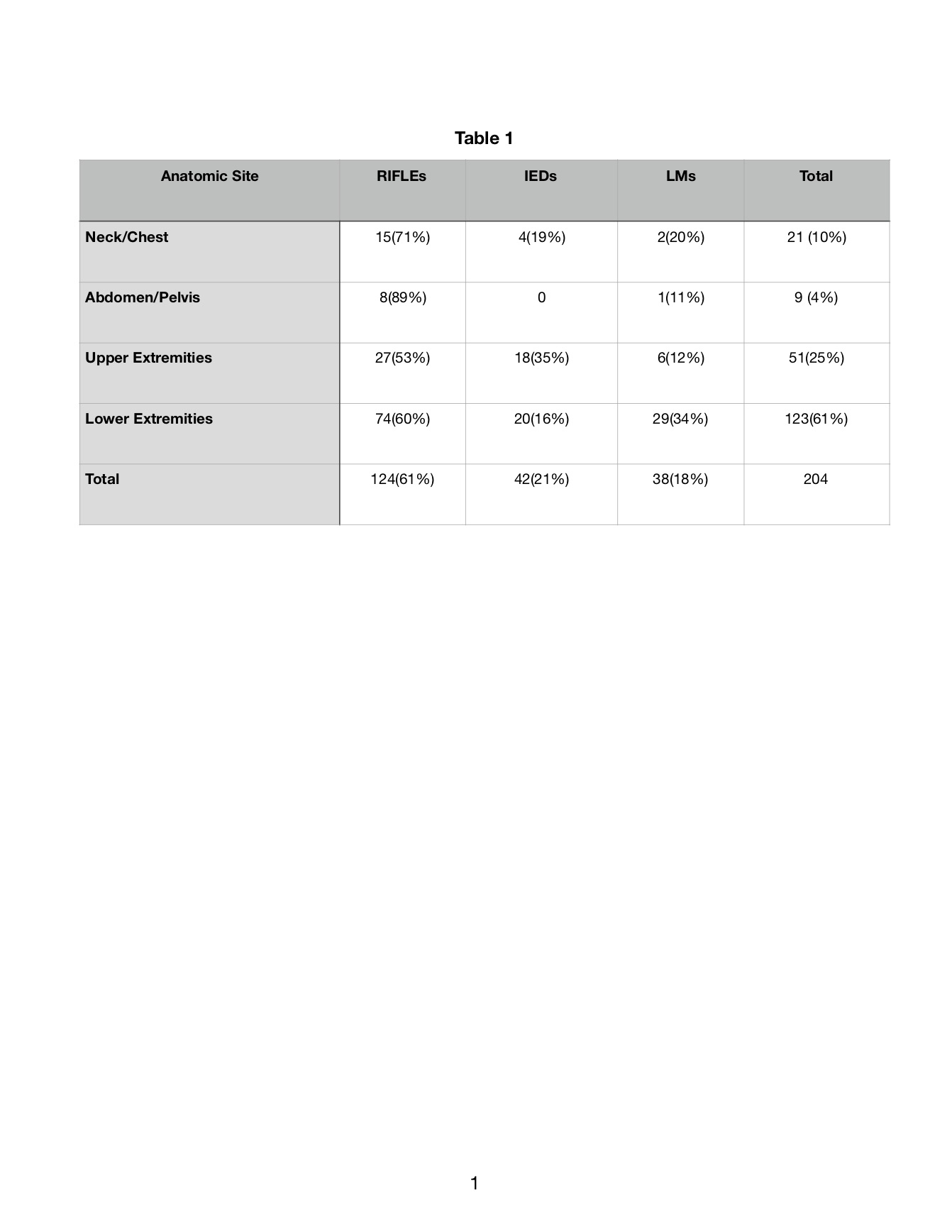A. Rogers1, L. Sadri1, V. Eddy2, O. Kirton1, T. Vu1 1Abington Jefferson Health,Department Of Surgery,Abington, PA, USA 2Maine Medical Center,Department Of Surgery,Portland, ME, USA
Introduction:
Management of acute splenic trauma and injury has been well studied. National trauma societies have published guidelines to support clinical decision making. Meanwhile, splenic “injury” not associated with trauma is confined to the realm of case reports and antidote. Most cases discussing the management of “atraumatic splenic injury” focus on an underlying diseased spleen and advocate for aggressive management. We aim to better define the literature and propose a guideline for management of splenic injury in non-trauma patients.
Methods:
We reviewed a series of 5 cases between two institutions over the period of two years focusing on patient presentation, hemodynamic stability, underlying disease, choice of management, and ultimate outcome. We then conducted a review of the available literature regarding the management of atraumatic splenic rupture and injury. We focused on operative (splenectomy) compared non-operative (embolization or expectant management) treatment strategies.
Results:
Each case we reviewed was handled differently and showed significant variation at the discretion of the attending surgeon. Treatment ranged from ICU admission with serial exams and laboratory studies to splenectomy. There appeared to be a mild correlation between initial presentation and imaging results and aggressive management, variations did not appear to alter ultimate patient outcome.
Conclusion:
The management of splenic injury in the absence of trauma or on the diseased spleen is poorly studied and lacks any standardization or existing guidelines. Based on our review of cases at our two institutions we would propose that conservative management of splenic injury in the diseased spleen with minimal to no preceding trauma can be safely managed in a similar manner to that of an acute injury associated with a traumatic event.










